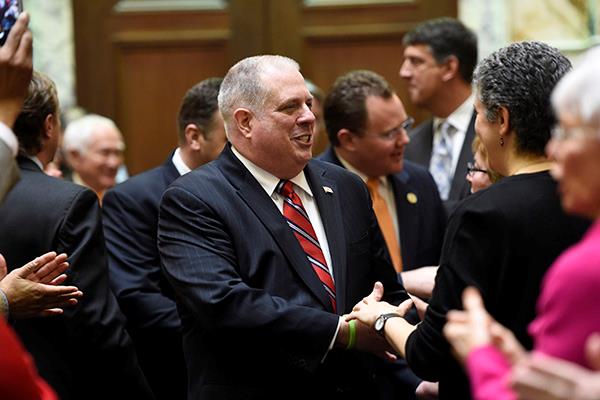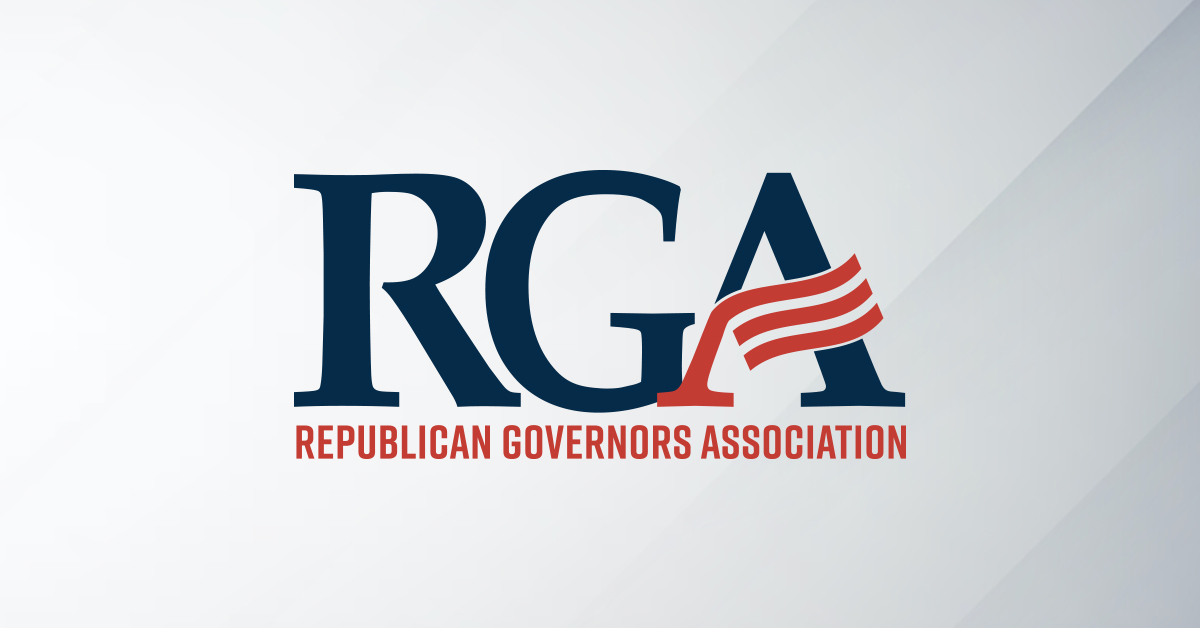
Maryland’s GOP Governor Larry Hogan continues to exude strong leadership and has become one of America’s most popular and most successful governors in a historically blue state. Thanks to his willingness to reach across the aisle and embrace bipartisanship to accomplish for the best interest of Marylanders’, Governor Hogan is setting a new standard for effective government as Maryland’s economy continues to grow stronger. Former Labor Secretary Bill Brock lauds Governor Hogan’s open approach to governing in a new piece in the Baltimore Sun:
“Pull out the latest polling figures and contrast the rankings of the nation’s governors. You’ll find Maryland’s Larry Hogan near or at the top of nearly every list. Last year a poll conducted by Annapolis-based OpinionWorks LLC determined that 71 percent of Marylanders approved of his performance, making him the most popular Maryland governor in decades. But Gov. Hogan doesn’t fit the conventional profile at all: He’s a Republican sitting atop a state that voted 60 percent (to 34 percent) for Secretary Clinton. The Old Line State hasn’t cast the state’s electoral votes for a Republican nominee since 1988.
Governor Hogan seems to be flouting the laws of conventional wisdom. As it happens, however, he is actually one in a long tradition of governors elected against the grain of their state’s presidential voting record. Governors Brian Sandoval (a Nevada Republican)… Charlie Baker (a Massachusetts Republican) and Phil Scott (a Vermont Republican) all affiliate with the party whose nominee lost their state in the 2016 presidential election — yet they’re all popular with their own constituents. The secret of each governor’s success isn’t that he plays to his party’s base. It’s that each works hard to weigh the priorities on both sides of the aisle and do the right thing…
Governor Hogan’s success illustrates an important insight: More than anything else, most Americans want their government to be competent. They’re more interested in seeing their elected officials fix problems than fight ideological battles. Moreover, most voters are savvy enough to realize that neither party has exclusive purchase on smart policy. Some good ideas come from the left and others from the right. The secret is in balancing the two.“





See the latest videos from RGA
Watch our videosThe numbers say it all. New Hampshire can’t afford to become @maura_healey's Massachusetts.
NEW: Eleven economic development projects in Ohio are expected to create 1,025 new jobs statewide.
Details: https://bit.ly/3J1ZYDO
Follow RGA on Twitter
Follow RGA on Facebook